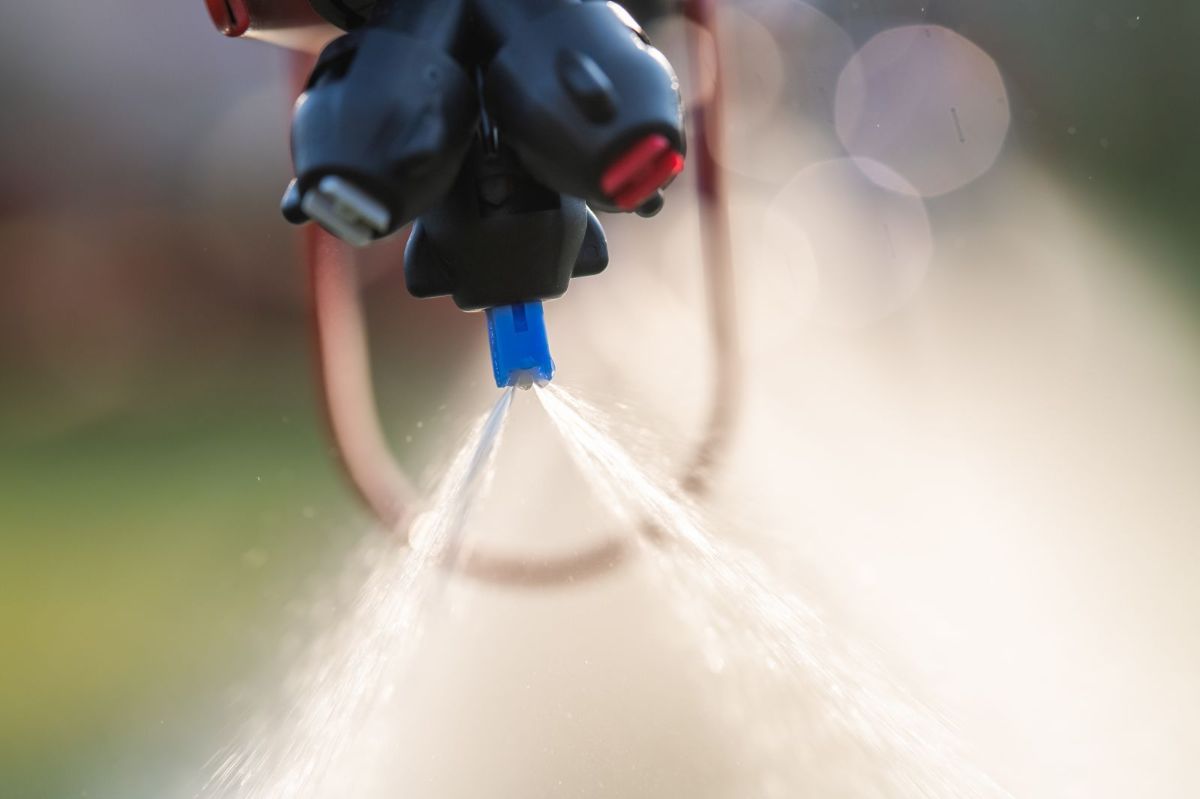If you’re looking to kill weeds quickly, reliably, and without much fuss, then post emergent herbicides are the key. They take a different approach to weed control: instead of killing weeds by contact with a chemical sprayed on the surface, they are absorbed through the weed’s foliage and roots. These herbicides can be applied as seeds germinate or plants emerge from seed beds. And they’re effective on various weeds, including broadleaves, sedges, and grasses.
What are Post Emergent Herbicides?
Post emergent herbicides are chemicals that contain active ingredients which are absorbed through the leaves and roots of weeds, killing them. They are generally used in late spring or early summer when weeds have emerged from their winter dormancy. Post emergent herbicides come in various forms, including granular, liquid spray, and water-based solutions.
How to Use Post Emergent Herbicides Safely:
Please read the product label instructions carefully before using them and follow them to the letter.
Always wear suitable protective clothing and safety equipment when using post emergent herbicides.
Remember that post emergent herbicides are toxic to fish and marine life, so avoid contamination of freshwater areas.
Always read the label and note any pre-application treatment(s) (such as Helix, etc.).
Before spraying over the side: remove flowers, fruit, and other desirable plant parts. This minimizes the risk of damage to desirable plants by soil-borne herbicides.
Use a spray nozzle with a fine tip to target leaves without over-spraying for outdoor use.
There are three ways to apply post emergent herbicides:
Broadcast application:
Broadcast application is the simplest form of this technique, requiring a lawn or garden sprayer or a watering can. To apply the herbicide, you will first dilute it with water (the amount will depend on the manufacturer’s recommendations) and then spread it over an area of weeds.
Spot application:
This is the most common way to apply post emergent herbicides. For this application, you will have to spray a weed from a distance of three or four feet with an accurate sprayer. Spot spraying can be time-consuming if you are trying to cover a large area of weeds, so it might be better if you can cut down other weeds before applying the herbicide. Ensure you take every precaution to avoid over-spray as this may damage non-targeted plants or grasses.
Broadcast weed treatment:
These herbicides do not require dilution with water before application and instead allow you to spray them directly from the bottle using a garden sprayer or watering can. The herbicide will be used the same way as for spot spraying, but the area covered can be much larger than in spot spraying.
How to apply post emergent herbicides on contact:
The volume of water absorbed by plants depends on the Phys-chemical properties of the treated soil. If the soil is sandy, the volume of water absorbable by plants is high.
How to speed up post emergent herbicides from contact:
Some post emergent herbicides can be applied to weeds that have emerged from the ground, but it will be faster when you apply them before germination. This will eliminate the possibility that some weed seeds have absorbed the liquid and started germination.
Some post emergent herbicides are absorbed through the roots. After application, the weeds are killed as they feed on the treated foliage.
When applying post emergent herbicides, ensure that they don’t hit non-target plants. Cut down any non-target material with a blade and make sure that you spray it carefully so that no excess liquid is left behind.
How to determine the effectiveness of post emergent herbicides:
There are two ways to judge the efficacy of post emergent products:
- Tail swishing: This is an objective way to check the water content of plants. Use a hand-held pulse-rate tester, and measure the speed of the waves produced when a current is passed through water. Do this before and after applying herbicide, and compare these results. Use a normal ruler or measuring tape if you don't have one.
- Plants’ canker resistance: One way to check on this is by cutting off some of the plant’s leaves. The plant has lost leaves after application indicates that the herbicide has killed it.
How to avoid over-spraying:
Once you have applied post emergent herbicide, do not tip or shake the sprayer as this can cause rapid movement of liquid herbicide and spread it to nearby and non-target plants.
To avoid over-spraying, do not spray in windy or rainy conditions. These conditions can cause the herbicide to drift from its target, potentially damaging other plants. The effectiveness of herbicides can also be reduced in low temperatures and when it is dry, so avoid applying them in these situations.

